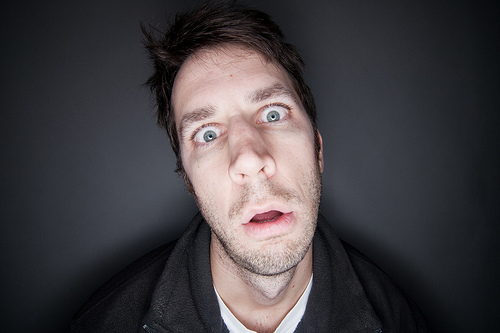All Maxed Out
Credit card debt can be a particularly intractable type of debt to deal with, because of its associated interest rates, making getting out of debt difficult. While the cost of credit may be perfectly reasonable when everything is running smoothly – bills paid on time, no major balance carrying over – once things get out of sync, that can change pretty quickly. Paying just the minimum on credit card balances, especially when they are large, doesn’t gain ground against the principal of the debt; it just buys time. And, time costs money in the world of finance.
Plan Your Way Out
Taking an organized approach to dealing with credit cards debt can produce comparatively quick results. Your first step is to figure out exactly where you stand in terms of debt and available resources. Run the numbers on everything – how much you owe on what card and at what interest rate, how much money you’re bringing in, and what your monthly expenses are. Think about ways to free up as much money as possible to apply to debt reduction, including increasing income and reducing what you spend.
How to Arrange Credit Card Payments
Prioritizing your payments will help you to reduce your debt in an efficient way. List your credit card debts in two ways. In one column, list them by interest rate, starting with the highest. In another, list from smallest to largest by amount. Depending on your situation, you are going to use one of these lists to organize your payments. The basic idea is that you will pay the minimum on all but one debt per month. On the one debt, you will pay the minimum, plus everything else you can spare, helping to pay that debt off faster and take it off the list, so you can focus on the next with the same approach.


Ahhhhhhh!!!!!!!!! – 25/365 by foshydog, on Flickr. This work is licensed under a Creative Commons Attribution-NonCommercial-NoDerivs 3.0 Unported License.
Working from the highest interest rate down can be the most cost-effective approach if dealing with debt on a small number of cards with similar balances. That’s because the higher the interest rate, the more that credit is costing you. However, if dealing with multiple cards with non-similar balances, the smallest to largest approach may be better. As you knock each debt off your list, you put the money you were paying on it on the next debt, reducing the number of debts faster. By the time you get to those final, larger debts, you’ll be taking a sizable chunk out of them each month.
Other Options for Getting Out of Debt
With a decent credit score, it is possible to get an unsecured debt consolidation loan to pay the credit card debt off. You’d pay that loan – usually at a lower interest rate – back in monthly payments. If the debt is too high to qualify for unsecured, there are secured loans. Your home will serve as collateral so be sure you can make the payments. With debt settlement, the principal of the debts is negotiated down which does have tax implications but can work if creditors are willing. They often are, simply because they’d rather avoid a total loss. Contact a debt settlement firm for assistance.
Don’t Wait to Get Help with Your Debt
If you cannot make a do-it-yourself approach work, reach out for professional help. Waiting only reduces your options for getting out of debt, inflicting further damage to your credit standing. A proactive approach is always the best way to handle debts and restore your financial health and freedom. Once you’ve achieved that goal, use all you’ve learned during the process to maintain it.
My friend, Mickey is the Outreach Director for America’s Debt Help Organization – an online organization dedicated to helping Americans manage their debt. For more information on credit card debt help please visit the settlement page of America’s Debt Help Organization.

